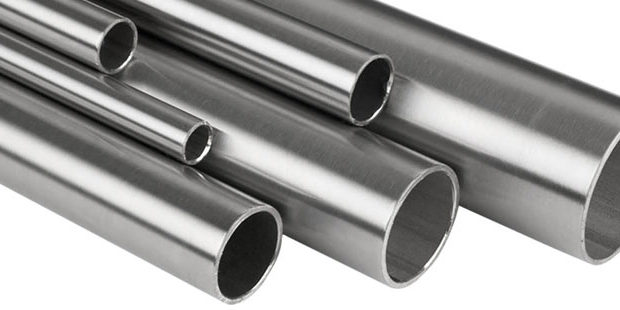Global energy demand is rising due to population development and increased per capita usage of energy. This rise in energy intake will result in a worldwide increase in carbon emissions. However, if the targets to reduce climate modification are to be satisfied, substantial reductions in emissions are required and innovations are required to fulfill this obstacle. A number of technology circumstances are currently under conversation to please growing energy need while attaining CO2 decrease targets:
Carbon Capture and Storage forged fittings facilities, low-carbon energy such as wind, solar, hydro-electric power, or more probably a combination of all these technologies. All 3 situations result in a decrease of about 80-90% of CO2 emissions but are more metal extensive than existing power generation.
Whichever circumstance is selected and despite the innovation used, due to the fact that of their combination of strength and rust resistance, nickel-containing alloys will play a crucial role in each of these demanding environments. Nickel-containing stainless steel and nickel alloys are essential for the production of renewable resource-- allowing tidy power to be a central part of our effort to take on worldwide warming. CCS catches the carbon and fixes it in a kind that avoids it being launched to the environment.
The action of "fixing" the carbon involves corrosive high pressure environments and very heats that are best handled through using high nickel alloys and nickel-containing stainless steel.
Increasing Ni demand
Compared to the current energy mix, it is clear nickel will be progressively essential to http://damienjblb293.theglensecret.com/the-anatomy-of-a-great-supplier satisfy future energy needs and deliver on low carbon dedications. This rise in need for nickel will cause extra energy use to mine and improve nickel ore. However, nickel is not taken in however utilized. Nickel brought into society is not lost as a resource but made available to future generations through recycling. Recycling permits the financial investment in the energy utilized to produce nickel at first to be recuperated in the production of nickel-containing stainless-steel and high nickel alloys.
Nickel demand is anticipated to increase by 250% by the year 2050.
